The History of Belize Cuisine
- December 2022
- By Isabelle Banin
- Recipe from Belize
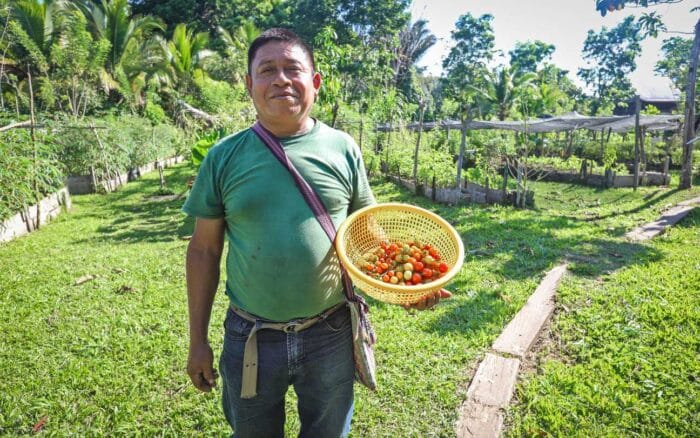
The history of Belize cuisine takes a different path than the other 19 countries and commonwealth (yep, Puerto Rico!) in Latin America. While the defining trio of Indigenous, African and Spanish influences are the primary influences on Latino food, the origin story of Belizean cooking veers in another direction.
The main reason? Belize is the only country in Central America originally colonized by the Brits—not Spain. It was called British Honduras until 1973.
Spanish conquistadors and missionaries were the earliest explorers of Belize, but the first European settlement was built by English seamen in the 17th century. The story goes that these founding British sailors washed up in Belize after being shipwrecked. Though the country became independent from England in 1981, English remains the official language of Belize today. Most people also speak Kriol, influenced by African, Spanish, and other languages. Belize has a large population of mixed ancestry, including Spanish-speaking immigrants from Mexico and Guatemala, as well communities from Asian countries. Each of these cultures have added their own cooking traditions and dishes to the ever-evolving Belizean way of food and life.
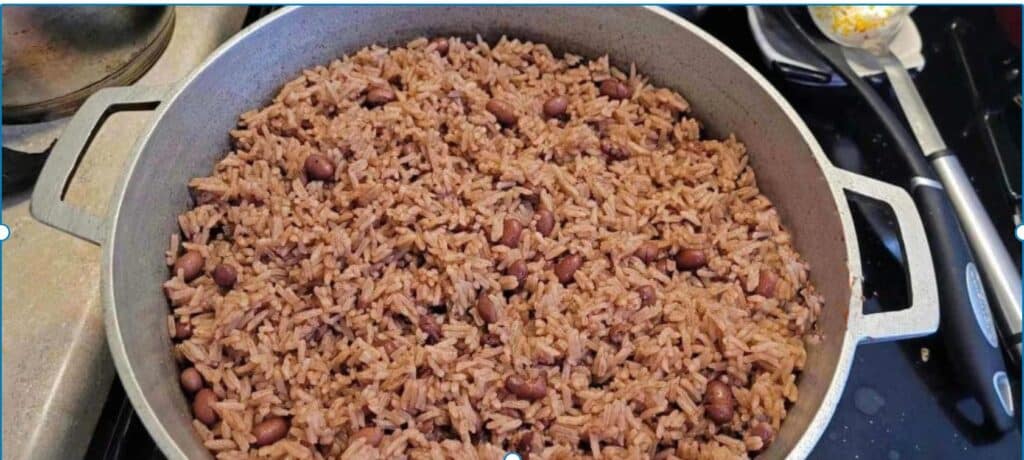
When Belize was still a British colony, there was no singular, national cuisine. Instead, people ate differently depending on which cultural group they belonged to. The wealthiest, urban Belizeans tended to eat mostly imported ingredients and dishes, while rural Belizeans had a simpler diet consisting mostly of local game, fish and fruit. Middle class Belizeans relied on a mix of both, but were able to expand their cuisine by adopting popular dishes from neighboring countries (like tamales from nearby Mexico!).
One of the first national instances of culinary solidarity happened as a result of Queen Elizabeth II’s visit to Belize in 1985. She was fed gibnut, a large rodent native to the Belizean rain forest. Though she praised the cook, British tabloids mocked Belizean cuisine as a result of the monarch’s meal. Word quickly spread back to Belizeans, who defiantly decided to embrace the gibnut as a national delicacy. As a result, the gibnut became one of the signature dishes of Belizean cuisine. Even today, it is often referred to as “the royal rat” in restaurants.
Another dish that has commanded the spotlight during the evolution of Belize’s national cuisine is called bile up or boil up, a plate combining boiled eggs, pig tail, fish, and vegetables. The resulting meal, which has both Scottish and African influences, is hearty and delicious.
But the meal that indisputably shines brightest is Belize’s red beans and rice. Since the first recorded instance of this dish being served is in 1895, it has evolved into a signature staple across the nation. Especially on Sundays, when it is traditionally served in most homes. While neither rice nor red kidney beans are native to Belize, coconut milk and some of the spices and vegetables (onions, bell peppers) in the dish are. Recado, the country’s signature seasoning paste, for example, is a blend of achiote seeds and spices with origins in Belize’s Indigenous Mayan roots.
Hungry for Belizean cooking? Check out Familia Kitchen’s family-famous Belizean recipes like Doña Paula’s Tamales, wrappped in banana leaves.
What’s your favorite traditional recipe from Belize? We would love to showcase your authentic, traditional dishes. Submit yours here so we can celebrate your Belizean go-tos.
MoreLike This

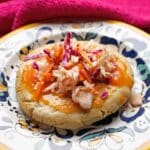
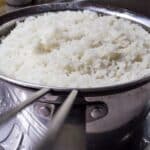
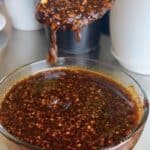
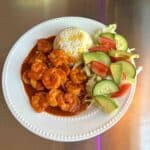
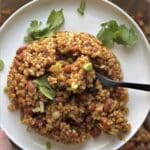
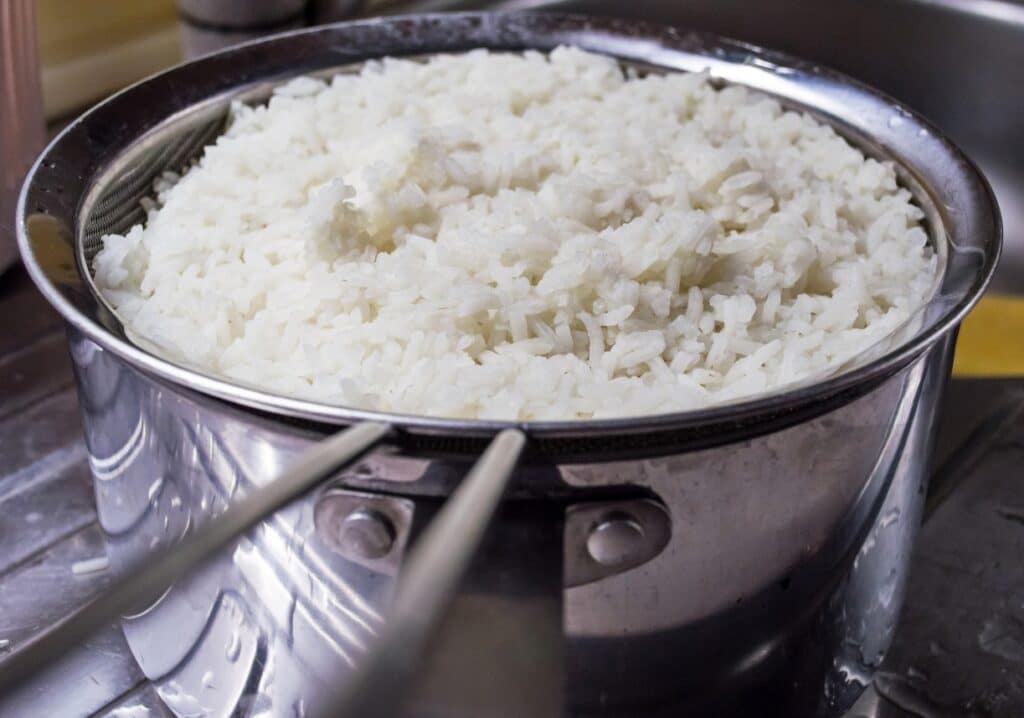


Got a question or suggestion?
Please rate this recipe and leave any tips, substitutions, or Qs you have!